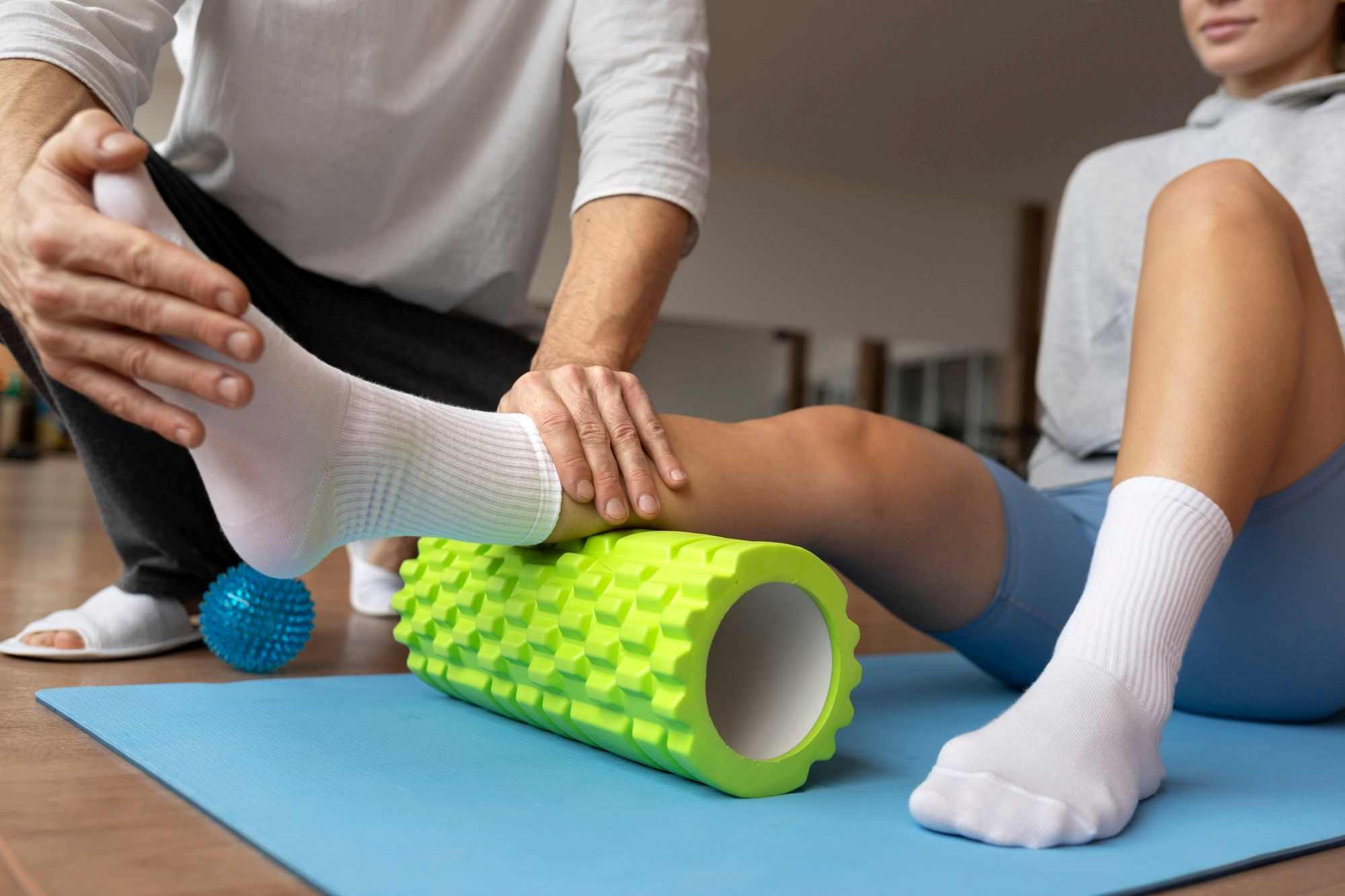Sports injuries are unfortunately an occurrence, among athletes and those who lead lifestyles. Whether you’re an athlete or simply enjoy being active dealing with injuries is part of the game.
The good news is that there are ways to speed up the healing process and get back to doing what you love. In this guide we will explore how ice packs can play a role in accelerating recovery after sports injuries.
Understanding Sports Injuries
The role of ice packs in the healing process is important as it helps athletes overcome sports injuries that they often encounter.
These injuries can range from strains and sprains to serious fractures and tears. Some common examples include;
- Sprains: Sprains occur when ligaments, which connect bones together are stretched or torn. Ankle sprains are an example.
- Strains: Strains happen when muscles or tendons are stretched or torn. A common muscle injury, in sports is hamstring strains.
- Fractures: Fractures refer to bones caused by impacts or excessive force during activity.
- Tendonitis: Tendonitis involves the inflammation of tendons often caused by overuse.
In the realm of sports injury recovery, the role of ice packs in accelerating healing is paramount, but the journey to optimal recovery doesn’t end there. Integrating the expertise of a pain management doctor becomes instrumental, especially when addressing the intricate and often debilitating spectrum of back pain. These specialists possess a nuanced understanding of back pain intricacies, encompassing various regions such as the lower, middle, and upper back.
Science Behind Using Ice Packs
For years ice packs ( referred to as cold therapy or cryotherapy) have proven to be an effective treatment for sports injuries. Applying cold to injured areas triggers responses that aid in recovery;
Pain Reduction
Ice packs work by numbing the area thereby reducing pain. The cold temperatures slow down nerve impulses. Diminish the sensation of pain.
Inflammation Control
Inflammation is a response to injury. Can also cause discomfort and prolong healing time. Cold therapy helps by constricting blood vessels and limiting blood flow to the injured area ultimately reducing swelling and inflammation.
Swelling Reduction
Sports injuries often lead to swelling due to accumulation in the affected tissues. Cold therapy assists, in minimizing swelling by constricting blood vessels and facilitating the removal of fluids.
Relaxation of Muscles
Therapy has the ability to alleviate muscle spasms and relieve muscle tension thereby enhancing mobility and providing a sense of comfort.
Improved Healing
Ice packs facilitate the reduction of pain and inflammation creating a setting, for the body’s healing mechanisms to operate. As a result this can expedite the recovery process.

When to Use Ice Packs?
Knowing when to utilize ice packs is essential, for maximizing their effectiveness. Here are some helpful guidelines on the timing and usage of ice packs following a sports injury;
Immediate Treatment
It’s crucial to apply an ice pack after the injury occurs, within the first 48 hours. To avoid frostbite remember to place a cloth or towel between the ice pack and your skin.
20 Minute Intervals
Apply the ice pack for 20 minutes at a time allowing your skin to warm up between each session. Repeat this cycle times throughout the day as necessary.
Compression
Consider combining therapy with compression techniques. Compression wraps or bandages can help manage swelling while the ice pack does its job.
Elevation
Whenever feasible elevate the injured area above heart level. This practice can further reduce swelling and promote healing.
Varieties of Ice Packs
There are several types of ice packs available each with its own advantages and disadvantages. The choice of which type to use depends on factors such, as the nature and location of your injury;
Gel Packs
Gel packs offer flexibility and can be molded to fit around the injured area. They are reusable and can be conveniently stored in the freezer for accessibility.
Instant Cold Packs
Instant cold packs contain chemicals that become cold when activated. They are convenient, for use on the go. Do not require refrigeration.
Ice Massage
Ice massage involves applying ice cubes onto the skin in a circular motion. It is effective for treating injuries and can be done using a disposable cup.
Homemade Ice Packs
When you’re in a spot you can make your ice pack by placing ice cubes in a plastic bag or wrapping a bag of frozen vegetables in a cloth.
Combining Ice Packs with Recovery Techniques
While ice packs play a role in the recovery process they work best when used alongside other recovery techniques. Here are some additional strategies to consider;
- Rest and Immobilization: Allow your body time to heal by resting the injured area and providing support through braces or splints if necessary.
- Physical Therapy: Seek guidance from a therapist who can recommend exercises and stretches tailored to your injury aiding you in regaining strength and flexibility.
- Medication: In cases healthcare professionals may suggest, over the counter pain relievers or prescribed medications to manage pain and reduce inflammation.
- Heat Therapy: During the stages of your recovery utilizing heat therapy can help ease muscle tension and enhance blood circulation, which in turn promotes healing.
Seek Professional Advice: It is advisable to consult with a healthcare professional or a specialist, in sports medicine who can provide you with a treatment plan tailored specifically to your injury.
Significance of Nutrition in the Recovery Process
Nutrition plays a role when it comes to the recovery process. To optimize healing after experiencing a sports related injury consider following these suggestions.
- Adequate Protein Intake: Consuming sufficient amounts of protein sources such as chicken, fish and beans is crucial for tissue repair and muscle recovery.
- Embrace Antioxidants: Including fruits and vegetables in antioxidants in your diet can help diminish inflammation. Remember to incorporate an array of produce into your meals.
- Benefit from Omega 3 Fatty Acids: Foods like salmon and walnuts contain omega 3 acids that possess inflammatory properties beneficial for aiding in the recovery process.
- Stay Hydrated: Maintaining proper hydration levels is essential, for tissue regeneration. Make sure to drink an amount of water throughout the day.
Essential Minerals: It’s important to ensure you’re receiving a balanced intake of vitamins and minerals as they serve roles in the healing process. If needed consulting with a nutritionist can provide guidance.

Conclusion
Recovering from sports injuries is a process that demands time, effort and patience. Ice packs can serve as tools in this journey as they help reduce pain, inflammation and swelling while promoting healing.
However it’s crucial not to rely on ice packs but rather adopt an approach that includes other recovery techniques, for an optimal chance of achieving full and successful recovery.
Always keep in mind the importance of seeking advice. With commitment and proper attention you can return to pursuing your passions.



